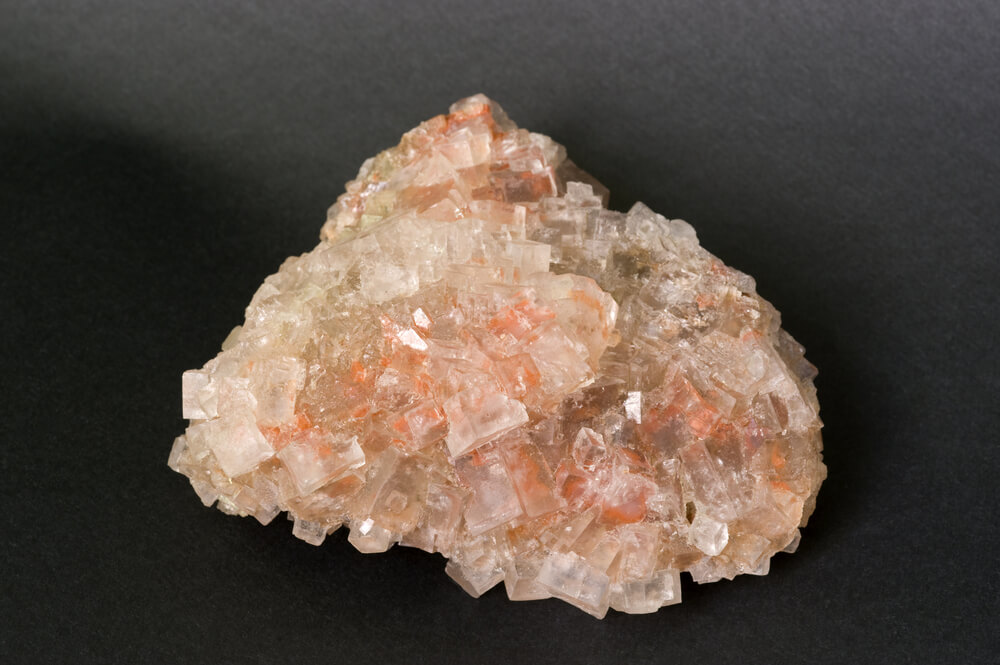A protein found in the cell membranes of ancient microorganisms living in salt deserts may pave a new way to harness sunlight to create environmentally friendly hydrogen fuel; This is according to a study carried out by researchers from the US Department of Energy's National Laboratory.

Rock salt from California. Photo: shutterstock. The pink-oval color of salt grains found in parts of the California and Nevada deserts is caused by "salt-loving" microorganisms called halobacteria.
A protein found in the cell membranes of ancient microorganisms living in salt deserts may pave a new way to harness sunlight to create environmentally friendly hydrogen fuel; This is according to a study carried out by researchers from the US Department of Energy's National Laboratory.
Nanoscience researcher Elena Rozhkova and her colleagues from the US Department of Energy's National Laboratory combined a pigment called bacteriorhodopsin with semiconductor nanoparticles to develop a system capable of utilizing sunlight to initiate a catalytic process that produces hydrogen fuel.
Researchers have been aware of the use of titanium dioxide nanoparticles to carry out reactions catalyzed by sunlight since the early XNUMXs, when Japanese researchers discovered that a titanium dioxide electrode exposed to bright light in the ultraviolet range is able to split water molecules in a mechanism known by the familiar name " Honda-Fujishima effect. Since then, scientists have been making continuous efforts to expand the photocatalytic use of titanium dioxide also to the visible light range of the solar radiation spectrum. The great potential inherent in these photocatalysts encourages scientists to make changes and adjustments in their chemical properties, in the hope of finding a more and more effective reaction, explains the researcher.
"Titanium dioxide alone reacts with ultraviolet radiation but not with visible light radiation, so we are forced to use biological molecules activated by light as building blocks to prepare an integrated system that can also utilize radiation in the visible light range effectively," says the researcher.
The researchers focused their efforts on bacteriorhodopsin - which is responsible for obtaining the unusual purple color of a number of the salt flats in the California and Nevada deserts - in light of the fact that it uses sunlight as an energy source and allows it to function as a "proton pump". Proton pumps are proteins that are generally anchored within the cell membrane and are responsible for the passage of protons from the cell to the extracellular medium.
In the newly developed system, the protons provided by the bacteriorhodopsin protein react with free electrons at tiny sites on platinum metal dispersed in a substrate of titanium dioxide. "The platinum nanoparticles are necessary to obtain defined production areas of a hydrogen molecule," explains one of the researchers. "It is interesting to note that in biological systems, bacteriorhodopsin does not naturally participate in this type of reaction," says the lead researcher. "Its natural biological function is not at all related to the creation of hydrogen. But as part of this integrated system, it helps a chemical reaction that produces hydrogen as a result of exposure to visible light and under environmentally friendly conditions." This integrated bio-photocatalytic system outperforms many similar systems that produce hydrogen and could be a worthy candidate for the development of efficient devices for the production of green energy while utilizing inexhaustible sources - salt water and sunlight.
